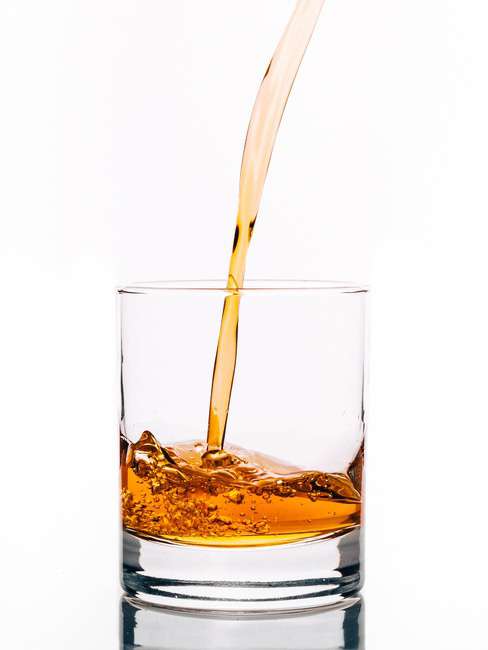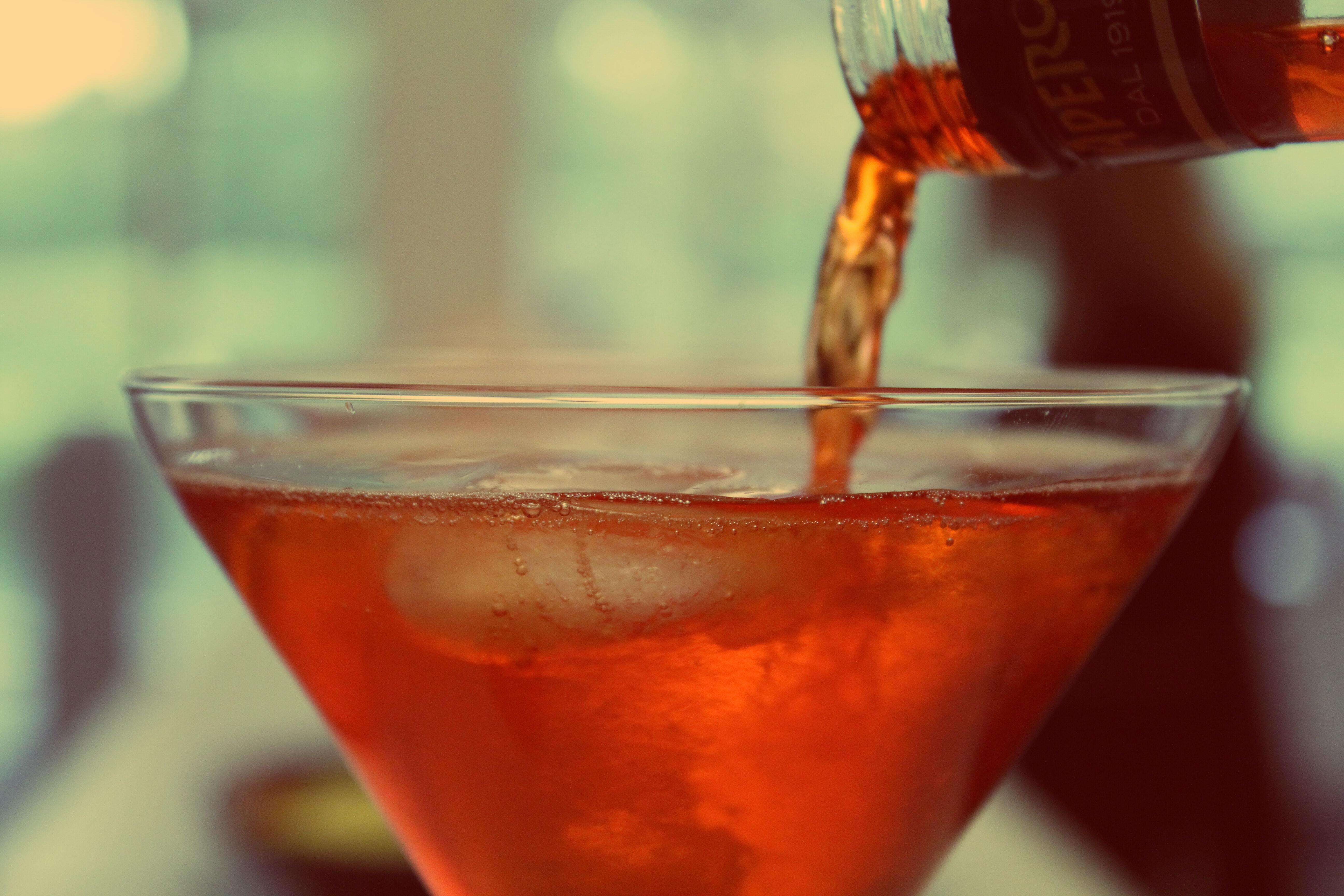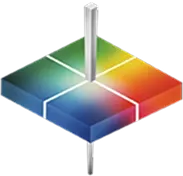
As interest in high end distilled spirits grows, spectrophotometric color measurement is becoming more vital than ever to ensure quality.
Image Source: Pexels user Karolina Grabowska
For years, beer dominated the alcoholic beverage market in the United States, representing 56% of total market revenues in 1999. By 2014, however, that number had fallen to 47.8%, while distilled spirits, including whiskey, rum, vodka, and tequila, quickly moved up the ranks to capture an ever-growing proportion of revenues.1 This remarkable growth in revenue from the distilled spirits category is spurred largely by surging interest in high-end liquors, which account for 36.3% of total liquor volume and 32.8% of total liquor supplier gross revenues. Premium and super premium spirits are now the fastest growing alcoholic beverages in the United States, as consumers become more knowledgeable and discerning regarding their alcohol choices. Super-premium tequila volumes, for examples, have shot up an astounding 568% since 2002 while super-premium bourbon sales have tripled in the past decade.2
As noted in the Global Whiskey Market 2014-2018 report, consumers consider these high-end liquors “as an affordable luxury, which is driving manufacturers to launch more premium and super-premium offers to meet demand.”3 Even mainstream producers who have historically traded on affordability are now introducing higher end products to participate in the sea change. To compete within the premium market and meet the expectations of today’s sophisticated consumers, liquor producers are increasingly turning to spectrophotometric technologies to optimize quality and appeal.

While many whiskeys derive their warm amber hues from barrel aging alone, others get help from color additives to attain the perfect color.
Image Source: Pexels user Paweł Kadysz


